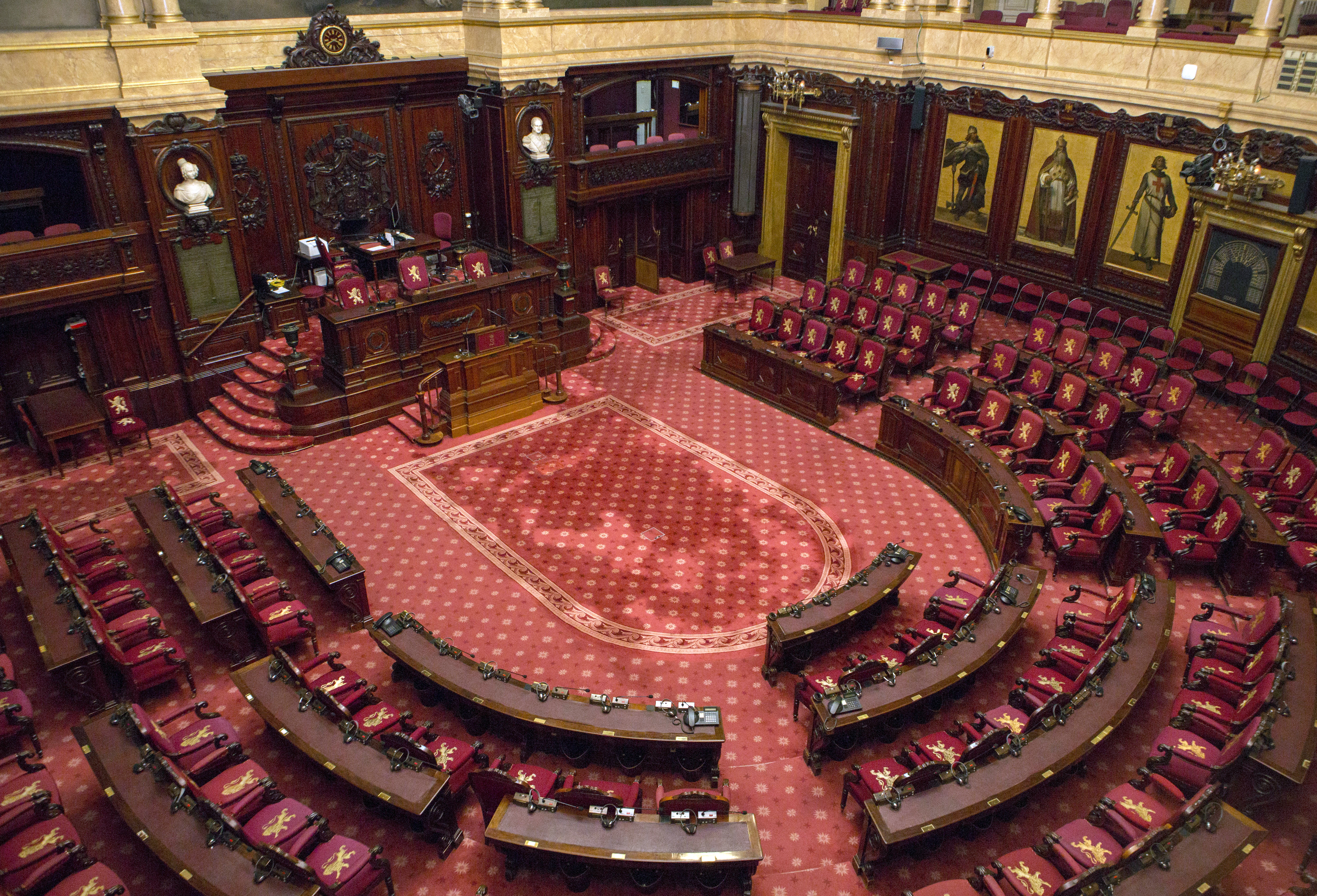
The composition of the Senate has evolved significantly over the years. Initially, these changes were due to changes in society. In recent years, they have mainly been attributable to successive state reforms.
Originally, in 1831, there were 51 senators and 400 citizens were eligible to stand for these seats. This strict restriction reflected the wish for the Senate to constitute a sober and conservative check to a potentially overly impulsive House of Representatives. This explains the minimum age limit of 40 and the high financial threshold (i.e. the payment of high taxes) to be eligible for office. The electorate, composed on the basis of census suffrage, was also limited: only 46,000 citizens (only men, ‘naturally’) out of a total population of 4 million.
The rules for election to the Senate and the House of Representatives were gradually relaxed, as were the requirements for being a voter. The general multiple voting right in 1893 (all men could vote, but rich and highly educated men were entitled to cast two or three votes) was followed by the general single vote for men (one man, one vote) after World War I, universal suffrage for women in 1948, and the lowering of the voting age to 18 in 1981.
In 1993, the conditions for standing for election as a senator were further relaxed. All that was required was to be Belgian, reside in Belgium, enjoy civil and political rights and be at least 21 years of age.
In 2014, the minimum age for becoming a senator was lowered to 18 years. Since 2014, the Senate may not comprise of more than two thirds of senators of the same sex. Therefore, out of a total of 60 senators, at least 20 women and at least 20 men must sit in the Senate.
© Belgian Senate

